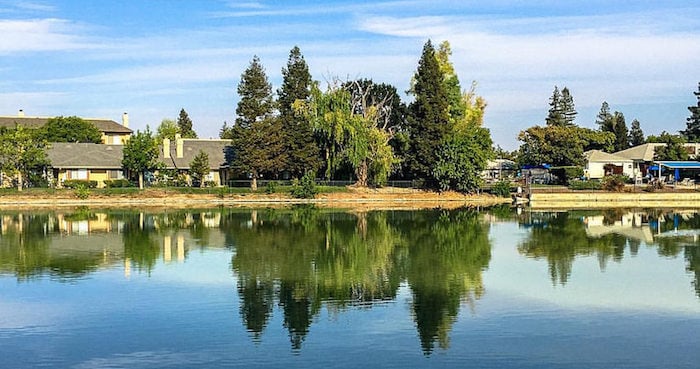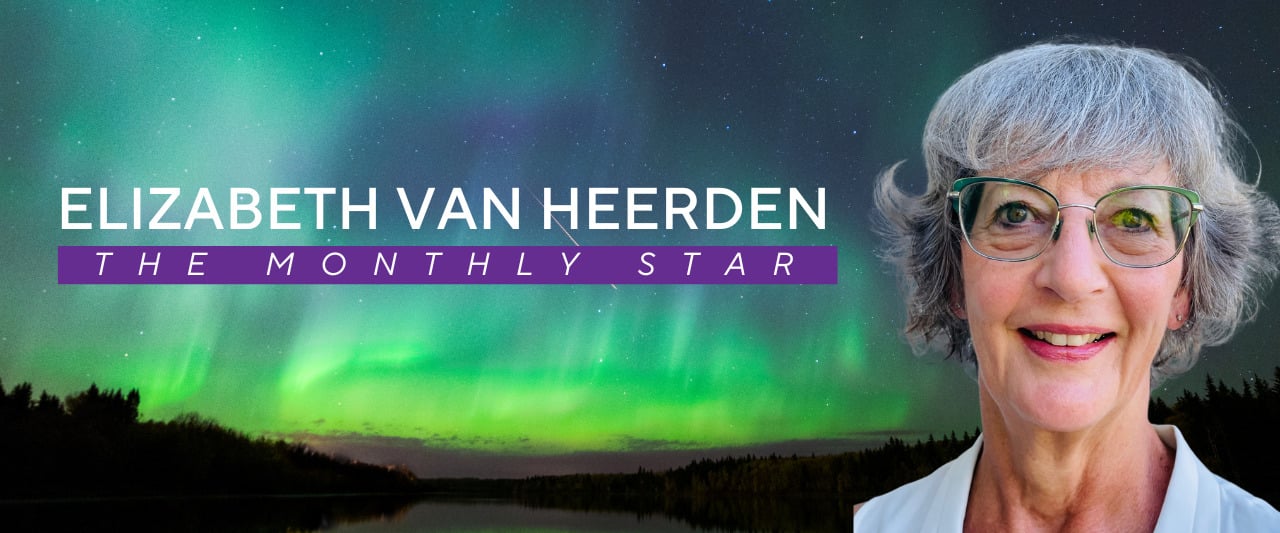
City’s LED Retrofit Shows Need For Careful Lighting Choices

By Guest Author Jim Benya
The initial LED streetlight installation went awry, but this story has a happy ending
Davis, California, is a small city adjacent to a large university. The city has a well-educated and politically active electorate, and an unusually progressive and conscientious city government. So it comes as no surprise that city leaders were especially intrigued by the opportunity to save $4 million in energy and maintenance over 15 years by replacing aging high-pressure sodium street lighting with LED.
In 2011, the city began its investigation. Luminaires were tested, and finally in 2013, the city bid the project. In January 2014, a turnkey contract was signed to replace 2,600 cobrahead lights for $1.255 million after a $185,000 rebate from the local utility. By May 2014, about 50 percent of the new luminaires had been installed. And that’s when it all hit the proverbial fan.
First, angry articles appeared in the Davis Enterprise. Then, at the May 27 City Council meeting, there was a line through the door of citizens wanting to speak out against the new streetlights.
The principal complaints were related to glare and light through windows that were not there before. But well-educated and articulate citizens also raised concerns about light pollution and its potential negative effects on all living beings, while a professional astronomer spoke of decreased clarity of the night sky.
Many complained about the appearance of the lighting, calling it “zombie lights” and “prison lighting.” The overall concern and disgust for the new lights was palpable. The City Council was stunned. The city’s sustainability director admitted, “While it’s true that many people within the community have expressed support (for the lights), we’ve actually received more concerns about the excessive brightness of the lights.”
Misplaced Priorities
What went wrong in Davis? To borrow from President Clinton, it’s about lighting quality, stupid. If energy savings and lumens per watt were all that mattered, the world would be lit entirely with 200 lumens per watt low-pressure sodium.
Peter Boyce, legendary professor of lighting and human factors, famously wrote that there are three kinds of lighting: bad lighting, nondescript lighting and good lighting. Bad lighting, which has identifiable faults, should be avoided, and nondescript lighting should be the minimum acceptable outcome any project achieves. Davis’s problem was that the new LED lighting had faults.
The first fault is glare. The new road way luminaires installed in Davis neighborhoods have essentially no shielding in the lower half hemisphere. Individual LED devices are intensely bright, each little module typically exceeding 100 million nits, or at least 1⁄16 the luminance of the sun. For pedestrians, these exceptionally harsh sources of glare are only 20 ft away. Unless you’re wearing a baseball hat at night, they are unshielded.
The second fault is light trespass. The new luminaires were installed on existing poles with up-tilted arms around 25 ft above the street. On neighborhood streets, the resulting light levels were much higher than those produced by the aged high-pressure sodium system. The wide pattern of the luminaires’ candle-power resulted in new light emissions directly into homes, while the up-tilted arms ensured that peak candlepower was aimed at upper story bedroom windows.
The third fault is color temperature. I measured the spectrum of the new luminaire down the street at 4813K. Davis is not a rough-and-tumble inner city. The “atmosphere” should be for neighbors walking dogs and students cycling around town. According to many residents, the 4000K-plus LEDs simply ruined the nighttime appearance of what was once a cozy college town.
Take Two
Fortunately, Davis has a happy ending. City Council and staff listened. In August 2014 they built mock-ups, including luminaires of several color temperatures and several intensities, to gather community input. Although the mock-ups did not include better-shielded luminaires, at least the city made a practical attempt at addressing the community’s lighting quality complaints.
The survey results showed a clear preference for lower color temperature and lower light output, a respectable compromise that mitigates some of the glare and light trespass, and maintains the atmosphere. The city negotiated a change order with the contractor to ensure that the streetlights in residential neighborhoods would be 2700K and operate at reduced wattage. Because many luminaires had already been installed, the change cost the city an additional $350,000.
The fact is, neighborhood lighting is mostly for the benefit of pedestrians. In December 2013, the U.S. Department of Energy published a Gateway report Pedestrian Lighting, concluding that warm color temperature, reduced glare and lower output luminaires “help mitigate glare, improve visual comfort and visibility, and make outdoor spaces more inviting.” If city officials had read that report and acted on it, they might have saved $350,000 and the wrath of the citizenry. They also might have discovered that 2700K LEDs are now only 10 percent less efficacious than 4000K, and slightly lower light levels would have been just fine.
Throughout California, other communities are starting to come to grips with the same issues. On the Oceanside website, one resident wrote, “Bye bye ambience, hello daylight at nighttime. LEDs don’t come just in prison-white color temperature, people!” Other San Diego County communities are now also evaluating concerns about LED spectrum, the environment and the potential impact on the observatory at Mt. Palomar.
Why the Rush?
The rush to replace legacy street lighting systems with LED is the real cause of this mess. LEDs can deliver good lighting, but not if we don’t slow down enough to perform proper lighting design and illuminating engineering. Unfortunately, street lighting replacements are political projects with economics at stake, and are generally not considered an important part of the quality of life in a community. After all, who needs lighting design when you’re just exchanging luminaires?
Hurrah for Davis for having the practical and political courage to choose lighting quality as a valuable part of quality of life in Davis. I hope that when they under-take to light downtown Davis and the local greenways in 2015, that they will seek good lighting. After all, good lighting, according to Boyce, goes beyond seeing — it excites the soul.
Author’s Note: Once things calmed down, both the Benya Burnett Consultancy and the California Lighting Technology Center stepped in pro-bono to help city staff wrestle with the problem. Credit goes to Mitch Sears, the city’s director of sustainability, for helping the City Council make some tough decisions.
James R Benya, PE, Fellow IES, Fellow IALD, is a principal at Benya Burnett Consultancy and member of the board of IDA.
This article was reprinted with permission from LD+A, the magazine of the Illuminating Engineering Society of North America.



















